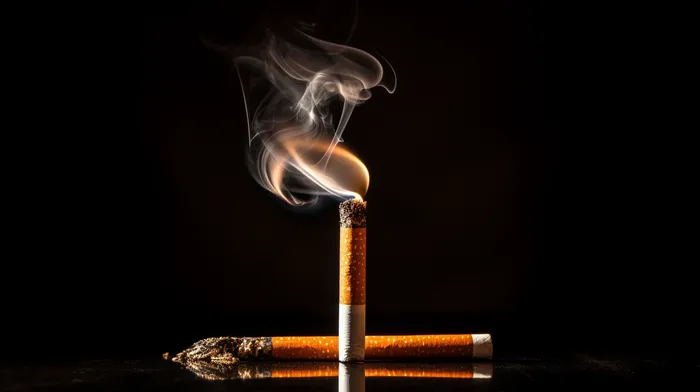Thirdhand smoke, the foul smell that continues to linger on smokers’ clothing long after they have smoked a cigarette or cigar, can directly cause significant genetic damage to your cells. This is especially true when it comes to the health of the young ones in your family. Researchers found that the longer the residue odor sticks around, the more harmful it becomes, raising concerns for those with little kids.
So What Exactly is Thirdhand Smoke?
Many people might be familiar with the terms first- and secondhand smoke, but thirdhand smoke is less well-known. Firsthand smoke is the smoke that a smoker inhales, while secondhand smoke is the smoke that a non-smoker inhales while in the presence of a smoker. But thirdhand smoke is the toxic remnant of cigarette or cigar smoke that clings onto surfaces, objects, and clothing, typically generating a distinctive smell. This contamination is long-lasting and can still be harmful, even long after a smoker has left the area.
The Danger is Real and Lasting
According to a study carried out by the Lawrence Berkeley National Lab, thirdhand smoke can be much more dangerous than you think. Researcher Lara Gundel explains, “This is the very first study to find that thirdhand smoke is mutagenic.”
Tobacco-specific nitrosamines, some of the chemical compounds found in thirdhand smoke, are among the most potent known carcinogens. These dangerous compounds remain on surfaces for an extended period and can pose a significant health risk when they come in contact with materials such as clothing and carpets.
Children’s Health at Risk
The level of risk increases when children are involved, as they often spend time playing or crawling on the floor. Since they are notoriously hands-on and often put their hands in their mouths, there is a higher chance of them ingesting these harmful substances. So, even if you don’t smoke in their presence, simply allowing them to come into contact with your smoke-smelling clothes can endanger their health.
Eliminating Thirdhand Smoke – A Challenge
Thirdhand smoke is notoriously difficult to remove from surfaces, fabrics, and materials. Studies have shown that it can still be detected in dust and surfaces even after more than two months of a smoker’s absence. Traditional cleaning methods, such as vacuuming, wiping, or even airing out a space, have not proven effective in reducing nicotine contamination.
Scientist Hugo Destaillats explains, “You can do some things to reduce the odors, but it’s very difficult to really clean it completely.” He suggests that a better solution might be to completely remove the contaminated materials – for example, changing the carpets or repainting the walls.
What Can Be Done?
To minimize the risks of thirdhand smoke, there are several steps that can be undertaken:
- Don’t smoke indoors: Ensuring a smoke-free environment at home, in the car, or at work can significantly reduce the risk of thirdhand smoke exposure.
- Maintain a healthy and clean environment: Regular cleaning, vacuuming, and washing of fabrics and surfaces can help mitigate some of the risks associated with thirdhand smoke exposure. However, as mentioned earlier, this may not completely remove all traces of the harmful contaminants.
-
Seek help: If you’re a smoker, it’s best to quit smoking entirely. There are numerous resources available to help quit, such as the American Lung Association or the Centers for Disease Control and Prevention.
In conclusion, thirdhand smoke is a silent and persistent danger that poses a threat to everyone, particularly young children. Ensuring that you take appropriate steps to minimize exposure to this threat and raising awareness of the dangers associated with thirdhand smoke can help promote a healthier and safer environment for all.



![8 Simple Rules to Refresh Your Body with a Healthy Cleanse [See Pictures]](https://naturalhealthreserve.com/wp-content/uploads/2024/01/8-rules-healthy-cleanse-slideshow-300x168.webp)